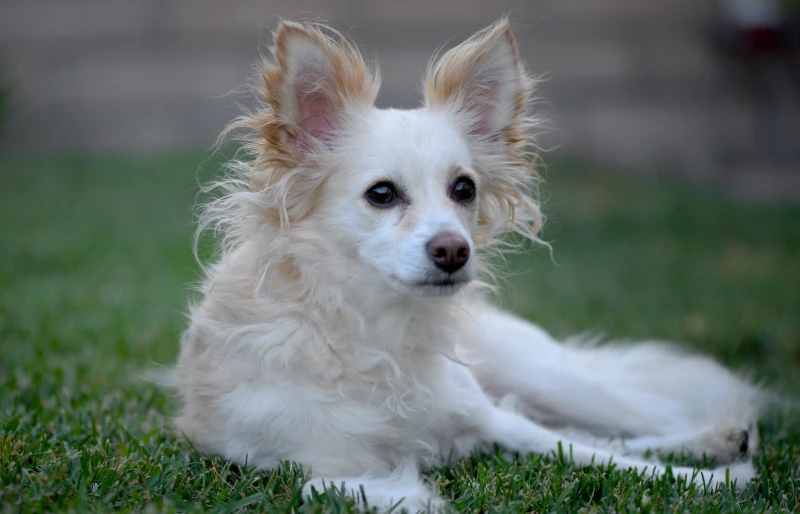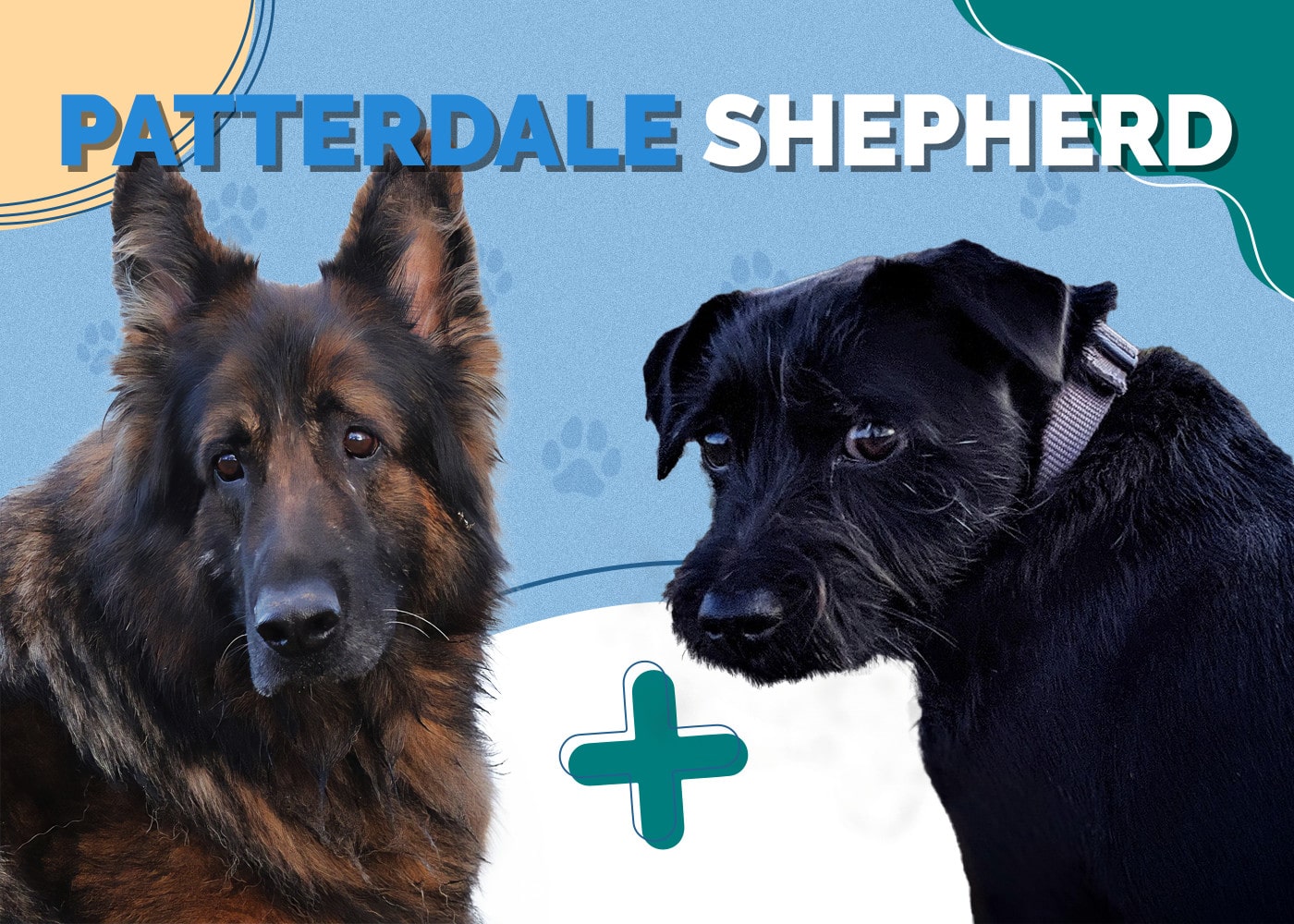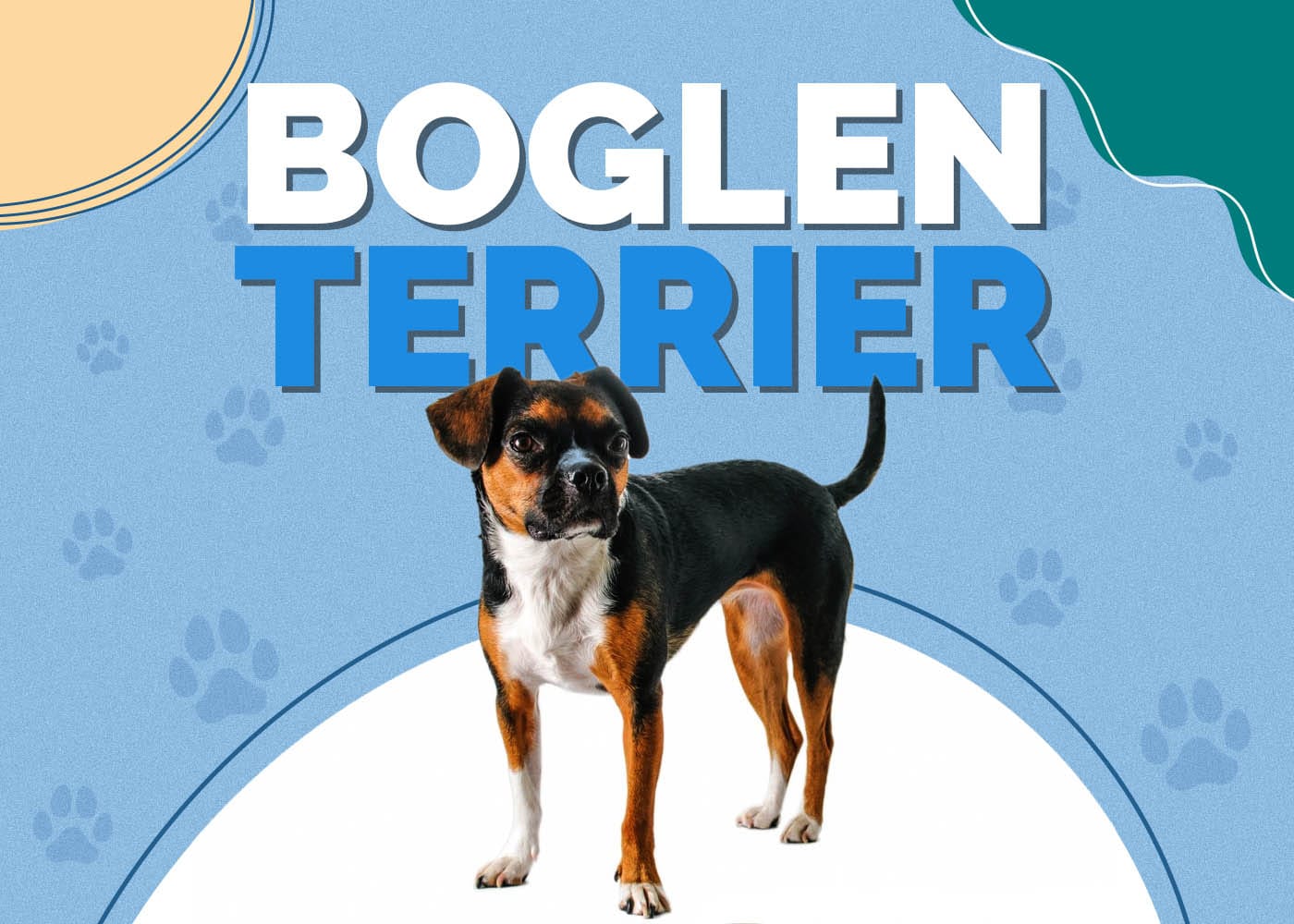Papshund (Dachshund Papillon Mix) – Pictures, Care Guide, Temperament & Traits

Updated on

Click to Skip Ahead
Toy mixed breeds are usually small dogs with big hearts, which is especially true for the Papshund. The Papshund is a mix of the Papillon and the Dachshund, which are adorable, endearing, and wonderful lapdogs. The Papshund often maintains the Papillon’s distinctive butterfly wing ears and the Dachshund’s sausage-like body. If you are considering adopting a Papshund, read on to learn more about the adorable canine, how to care for it, and which traits make it an excellent companion.
| Height: | 9–11 inches |
| Weight: | 10–18 pounds |
| Lifespan: | 12–16 years |
| Colors: | Brown, black, white, cream, red |
| Suitable for: | Families with children, apartment living, seniors, singles, first-time owners |
| Temperament: | Affectionate, sweet, lively, energetic, playful, protective, loyal, eager to please |
The Papshund is a toy hybrid of the Dachshund and the Papillon, which maintains traits from both of its wonderful parents. They are a rare mix but are recognized by five canine associations. Papshunds are loved for their friendly personality and tendency to follow their owners everywhere. However, they’re full of energy and require daily walks and play sessions to prevent boredom.
Papshund Characteristics
 Papshund Puppies
Papshund Puppies
You will most likely find one of these unique dogs from a breeder, but since they’re uncommon, you may have to travel to another city or state to find a breeder specializing in hybrids. It’s crucial to find a reputable breeder that provides information on the litter’s history and health and allows you to meet the parents.
Adopting a pup in need is always rewarding. However, you may have a hard time finding a Papshund puppy in a shelter or rescue, but again it’s not impossible but may require patience as you wait for one to show up.
The Papshund is adorable as an adult size, so you can imagine how cute they are as pups! Like all puppies, they will be full of energy as they grow in confidence and explore their surroundings, and they will require a lot of care and attention. You must be especially careful because of how tiny they are. As soon as you bring your pup home, it is vital to begin socialization and training to ensure they grow up to be a well-rounded and well-mannered dog.

Temperament & Intelligence of the Papshund 🧠
Your Papshund may have a mix of traits from their parents, or they may lean more towards one than the other. However, they are generally affectionate lap dogs that love attention. They are also energetic and will love playtime and attention from the kids. They are sweet-natured with a zest for life, which makes them great lap dogs and playtime companions.
They can adapt well to living in the country or a third-floor apartment, given they have enough space to play and are taken for daily walks. The Papshund is also intelligent and eager to please, but early socialization and training are vital.
Are These Dogs Good for Families? 👪
Papshunds make great pets for families with kids, singles, couples, seniors, and first-time owners. They are suitable for apartment living and are easy to travel with. They love to play and will likely follow the kids around like their shadow. They are affectionate and make cuddly lap dogs when their energy needs have been met.
Does This Breed Get Along With Other Pets?
As with most breeds, a dog brought up with other canines will most likely get along, but introductions should be slow and gradual when introducing a new dog into a family with dogs and cats. The Papshund is a sociable dog that usually gets along with other pets, but they have a high prey drive that can make them less tolerant around small animals, like gerbils.
Things to Know When Owning a Papshund:
Food & Diet Requirements 🦴
Papshunds may not eat as much as medium or large-breed dogs, but they require a high-quality and well-balanced diet. The ideal dog food for Papshunds is designed for toy breeds and is appropriate for their life stage. You can speak to your vet about the best options available for your Papshund.
Each dog is different and may favor kibble or wet food more or enjoy both. A combination is ideal, but go with what your dog prefers and what your vet recommends. Either way, you need to monitor the portions and treats since the Papshund is vulnerable to gaining weight easily, which can lead to further health issues. Along with a nutritious diet, you should always give your Papshund access to clean, fresh water.
Exercise 🐕
The Papshund is dynamite in a small package, which means you shouldn’t mistake their size for a lazy and docile dog. Papshunds are energetic and will require 30–45 minutes a day of exercise and mental stimulation. Walking around the neighborhood, playing games, and spending time at the dog park will keep your pup exercised and content.
Because of the Papshund’s small size, it’s best to keep them leashed in public since they could easily escape through a hole in the fence.
Training 🎾
Papshunds are generally considered easy to train because they are very eager to please their owners, but they can have a stubborn streak and a prey drive that may require some extra patience. However, consistent training can help reduce their stubbornness and aggression. They respond best to positive reinforcement and an owner with a confident and consistent approach.
Pashunds can be protective of their families, food, and toys, which may lead to unwanted behaviors, so early obedience training and socialization are vital.
Grooming ✂️
Papshunds usually have a long and soft coat that requires gentle brushing twice a week to prevent mats and tangles. Unlike many other dogs, the Papshund doesn’t usually have a doggy odor. You can bathe your Papshund if their coat gets dirty, but they won’t need frequent bathing.
However, you need to pay special attention to their ears, checking them regularly for dirt and debris to prevent or remove build-up that can lead to infection. You can use a vet-recommended ear wash or wipes to clean your pups’ ears.
It’s best to brush your Papshund teeth at least once a week and provide dental chews and chew toys to maintain oral hygiene. Their nails will need to be trimmed every few weeks, and to make the process easier, introduce your pet to nail trimming when you begin training.
Health and Conditions ❤️
A Papshund may be healthier than their parents, but they’re vulnerable to the same conditions. That is why finding a reputable breeder is so important. A breeder can give you all the information you need on your puppy’s health and history.
The Papshund has a lifespan of 12–16 years and is generally a healthy breed. However, pet parents need to be aware of the potential health issues they may be prone to, which include serious and minor conditions:
- Patella Luxation
- Hip Dysplasia
- Von Willebrand’s Disease
- Eye Diseases such as glaucoma, cataracts
- Tooth loss
- Intervertebral Disc Disease
- Progressive retinal Atrophy
- Obesity
You should have your Pashund checked by your vet at least once a year or every 6 months and ensure they receive the necessary vaccinations and preventative medicine for worms, ticks, and fleas.
Male vs Female
Male Papshunds can be larger than females, but their temperaments are about the same. The most notable differences between males and females are evident when they are still intact. Females go through heat cycles, and intact males typically mark their territory and show mounting behavior. Unless you’re planning to breed your Papshund, getting them neutered or spayed is best. They are more prone to issues such as uterine or testicular cancer when they are still intact.
3 Little-Known Facts About the Papshund
1. Papshunds Have the Papillon’s Distinctive Butterfly Wing-Shaped Ears
2. Papshunds have the Dachshund’s Sausage-Like Body
3. The Papshund Doesn’t Have a Doggy Odor
Final Thoughts
The Papshund is a small hybrid created by crossing a Dachshund and a Papillon. Both parents have some endearing traits and characteristics that the hybrid maintains, such as the Papillon’s distinctive butterfly wing ears and the Dachshund’s sausage-shaped body. They are lively, energetic, gentle, sweet, and affectionate dogs that love their owners’ company.
They make excellent companions for families, seniors, singles, and first-time owners. They are also suitable companions for apartment living, but the protective little dogs can be yappers. The best thing you can do for your intelligent and confident Papshund is to provide it with early socialization and training so that it grows up to be a well-rounded and obedient little dog.
Featured Image Credit: Steve Bruckmann, Shutterstock
 Papshund Puppies
Papshund Puppies











